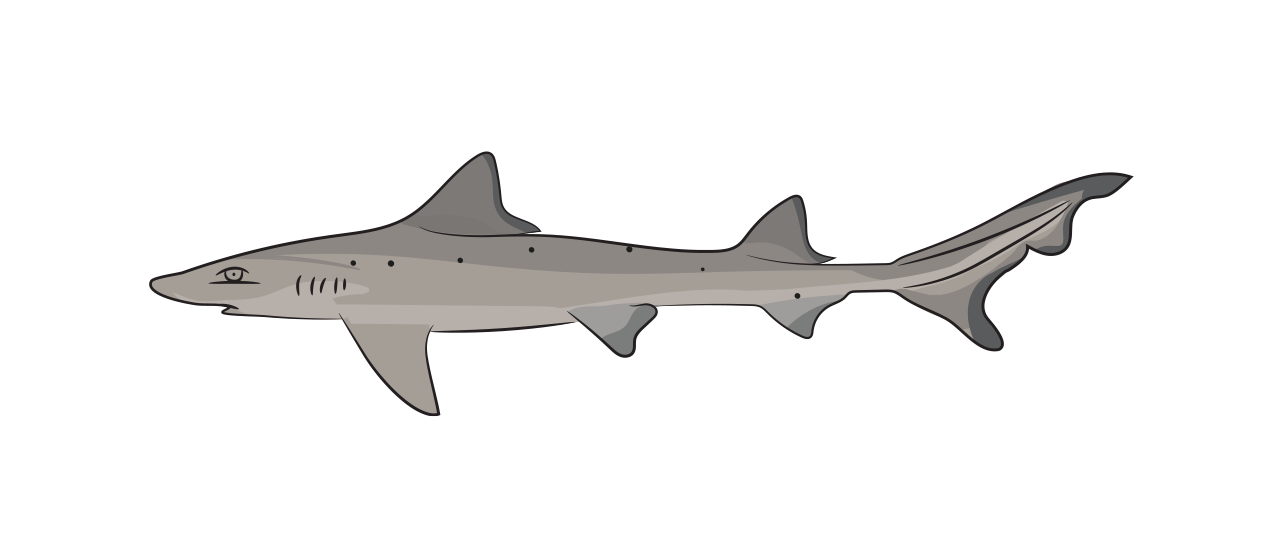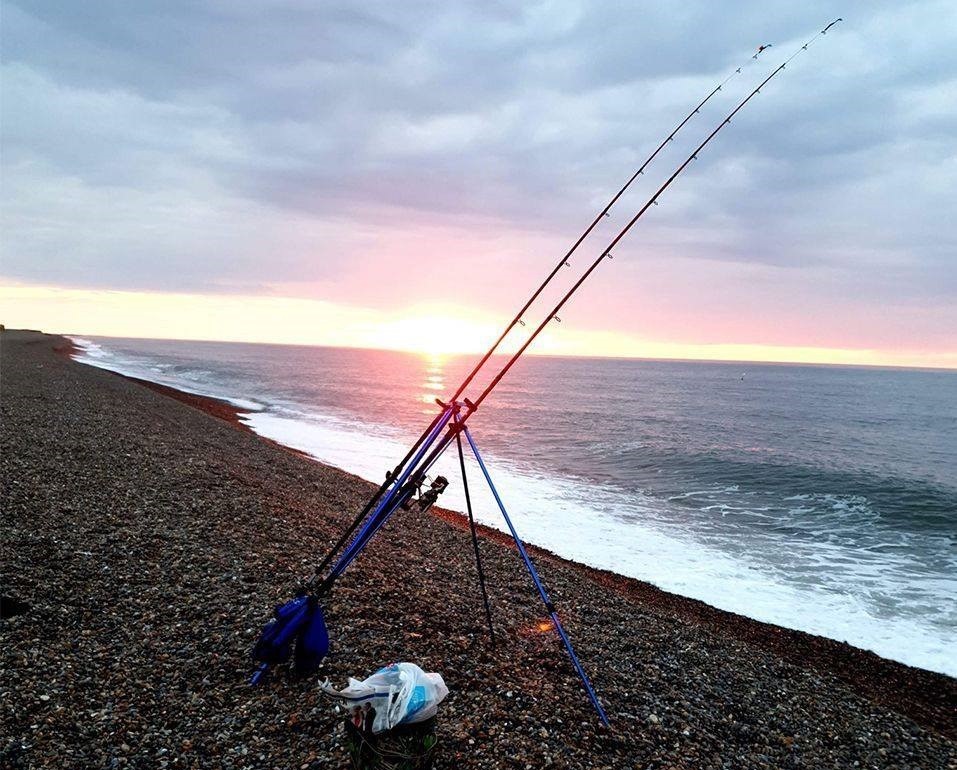Tope | Fish Species Guide | Angling Direct

Tope
aka Galeorhinus galeus
Tope is a slim and yet powerful shark species and is also known as School Shark, Soupfin Shark, Oil Shark, Penny’s Dog, Miller’s Dog and Vitamin Shark. With a preference for temperate waters, tope can be found close to the shore over sandy and shingle areas throughout Europe and the south and west coast of the UK. Topes are long and slender sharks with a dark bluish grey upper body and a white belly. They have two dorsal fins and a notched tail.
When reproducing, the tope species are capable of having pups from the same litter can have different sires meaning that there can be multiple spawning partners.
Stats
Status
Habitat
Found near headlands and offshore reefs that hold lots of baitfish.
Bait
Big bait fish.
Native or Invasive
Native
Where
Found in temperate waters across Europe, in the Northeast Atlantic, the Mediterranean and waters around Iceland.
 Catch Experience
Catch Experience
Video
Blog Highlight
The Ultimate Buying Guide for Sea Anglers - What Equipment Do You NEED to Start Sea or Beach Fishing?
<p>As an island, the UK has plenty of coastlines that provide plenty of opportunities for sea fishing whether it's offshore or beach fishing from the shore. This guide will help you compile the ultimate sea fishing starter kit, covering rods,...
Read More